The Eloquent Suri of Ethiopia: People, Art, Culture, Language
Mark Overgaard, Image Maker
Atrium Gallery – Oct 8, 2023 – June 1, 2024

Growing up in Southeast Asia within missionary communities, I was infused with reverence and with empathy for cultures and communities not my own. Born in Thailand, I spoke Thai before English. By the time I graduated from high school, I had attended fifteen different schools in five countries.
Over the past decade or so, I have resumed traveling the world, including visits in 2019 and 2021 to remote areas in southern Ethiopia’s lower Omo Valley. Through those visits and intensive remote study since 2020, I developed a deep respect – even awe – for the small, but proud, Suri ethnic group and their eloquent adornments based on local natural materials. With these portraits, I celebrate the beauty and strength of these people and affirm our shared humanity.
The Suri paint their bodies in intricate patterns, using natural pigments ground from local rocks and mixed with water. Clay or wooden earlobe discs and lip plates extend the Suri body canvas. Carefully sculpted scar patterns are another popular adornment for Suri people. Beyond providing opportunities for play and creativity, this body art fulfills other social functions, such as attracting a partner. Body painting with clay, chalk, ochre, or ash can even have medicinal or protective benefits. These longstanding traditions, still practiced with whimsy and freedom, are an integral part of Suri life.
Suri parents name their children with a word or phrase triggered by the circumstances at or soon after birth. These name choices can provide fascinating glimpses into the local culture. The names usually begin with a special prefix: “Nga…” for girls, “Bar…” for boys.
Setting the Scene

The lower Omo Valley of Ethiopia hosts a vibrant cultural tapestry, including numerous small ethnic groups with a wide range of languages and traditions. Suri territory is west of the Omo River and spans the Kibish River in the east.
The valley’s prehistory is rich, earning its designation as a World Heritage Site. Fossils found at the Omo I and II sites on each bank of the river have been dated to about 195,000 years ago and are the earliest known evidence world-wide of our Homo sapiens species.
Historically, the Omo Valley and its inhabitants were largely self-sufficient and isolated from the rest of the country and the world. In recent decades, however, the Ethiopian central government has increased its presence in the area, including by promoting development measures, like internationally owned industrial-scale plantations along the river and a major dam. The Gibe III dam, when fully commissioned, will be the third largest hydroelectric plant in Africa. The Gibe IV dam is under construction downstream, with Gibe V planned, as well. The Gibe dams and the intensively irrigated plantations are substantially impacting the lives of lower valley ethnic groups.
The eastern side of the Omo Valley has a longer history of accessibility resulting in outside visitors and influence. One of the most visible ethnic groups there, the Mursi, has much in common with the Suri, both in language and traditions. The Kara and Hamar ethnic groups, further south, share language and cultural heritages. The Kara, however, are a much smaller group than the others. Also, their livestock emphasis is almost entirely on sheep and goats, versus cattle.

The Kibish and the Future
The small Kibish River is a critical water source for nearby Suri. On the right bank at this point is a massive stone pier for a future bridge over the river. So far, there is no corresponding pier on the left bank and no comparably sized connecting road on either side of the river.
But this pier is a harbinger of coming development encroachment challenges for the Suri people in this area. Ngamɔri, the Suri youngster crouched on top of the pier, will likely experience those challenges in her lifetime. Kibish, Ethiopia, 2019.
The exhibition is currently on display at the Atrium Gallery at the McCone Building, 499 Pierce Street, Monterey, CA for the fall/2023 and spring/2024 (Oct 8, 2023 – June 1, 2024).
For more of Mark Overgaard’s photography, visit the Cultural Portraits and About the Project on his website.

Munras Student Residence Photo Project
The MIIS student residence on Munras Avenue in downtown Monterey recently received six large canvas pieces that showcase the original photography of Greg Harris. Photos display some of the most iconic landscapes in Monterey County.






PAST EXHIBITIONS

————————————————————————————————————————————————————————————————————————————————
CELEBRATING WOMEN ARTISTS WITH SALON JANE
The Middlebury Institute celebrated 2020 Women’s Day with a photography exhibition showcasing the work of Salon Jane, an artist collective of six women photographers—Martha Casanave (MIIS alumna), Susan Hyde Greene, Jane Olin, Anna Rheim, Robin V. Robinson, and Robin Ward—who all work outside the traditional sense of straight photography, experimenting and expanding their creativity with the support and honest feedback of the rest of the group. The Institute held a reception on March 6, 2020 between 5:30 and 7:30 pm at the prestigious McCone Atrium Gallery.







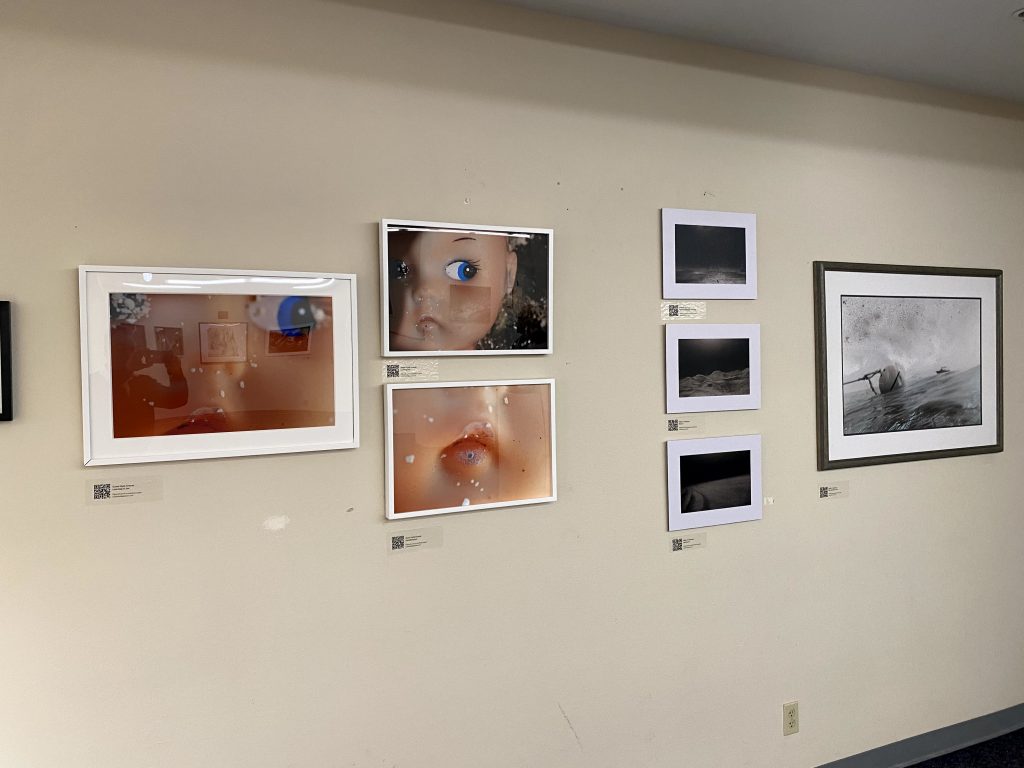



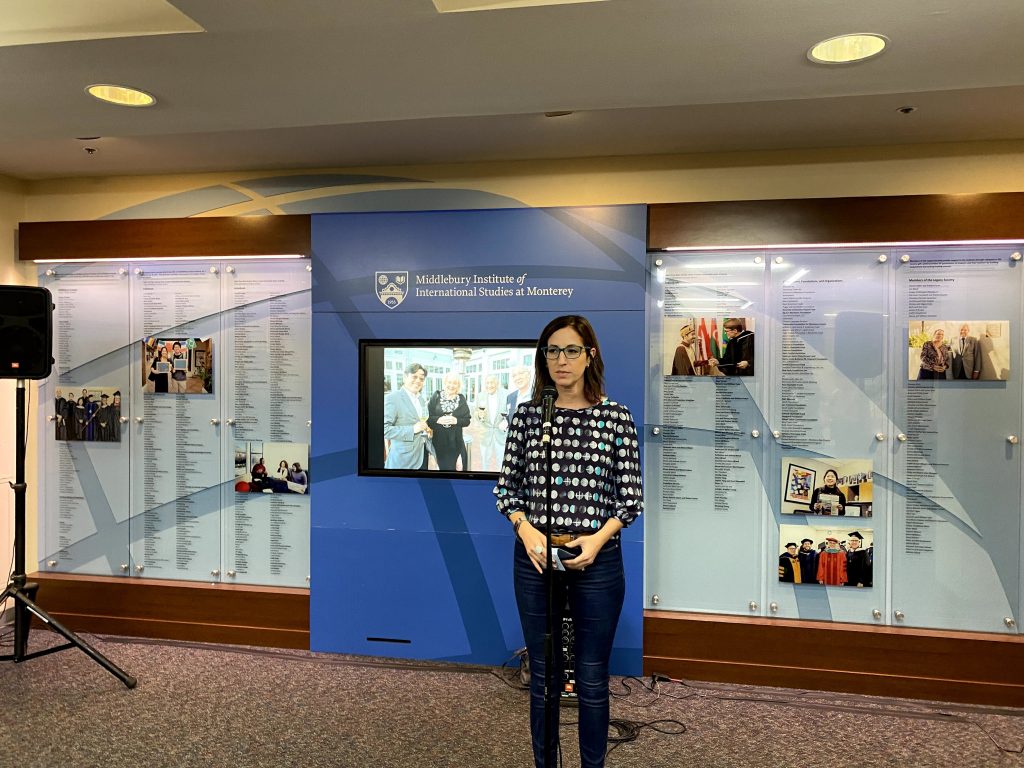

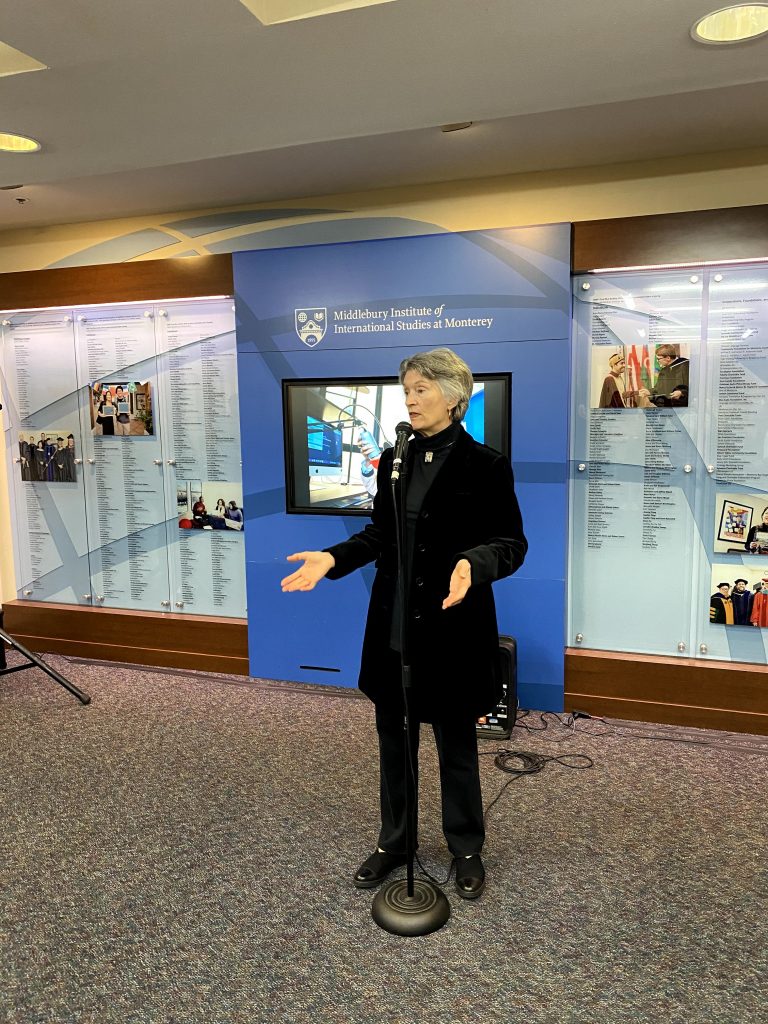



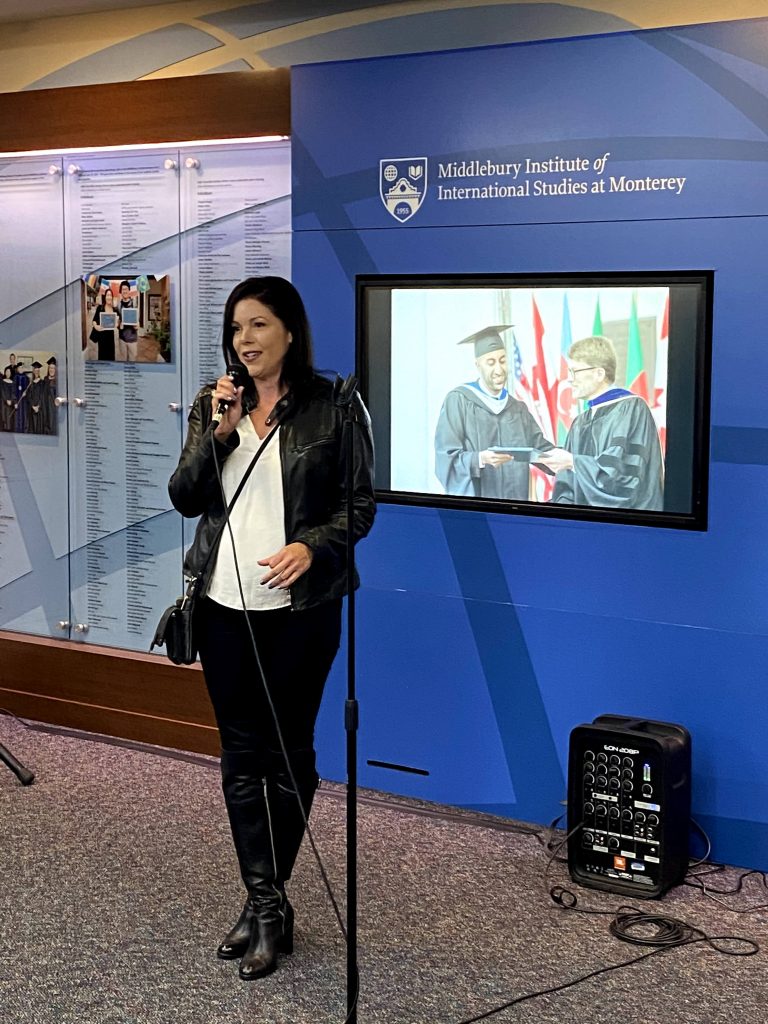

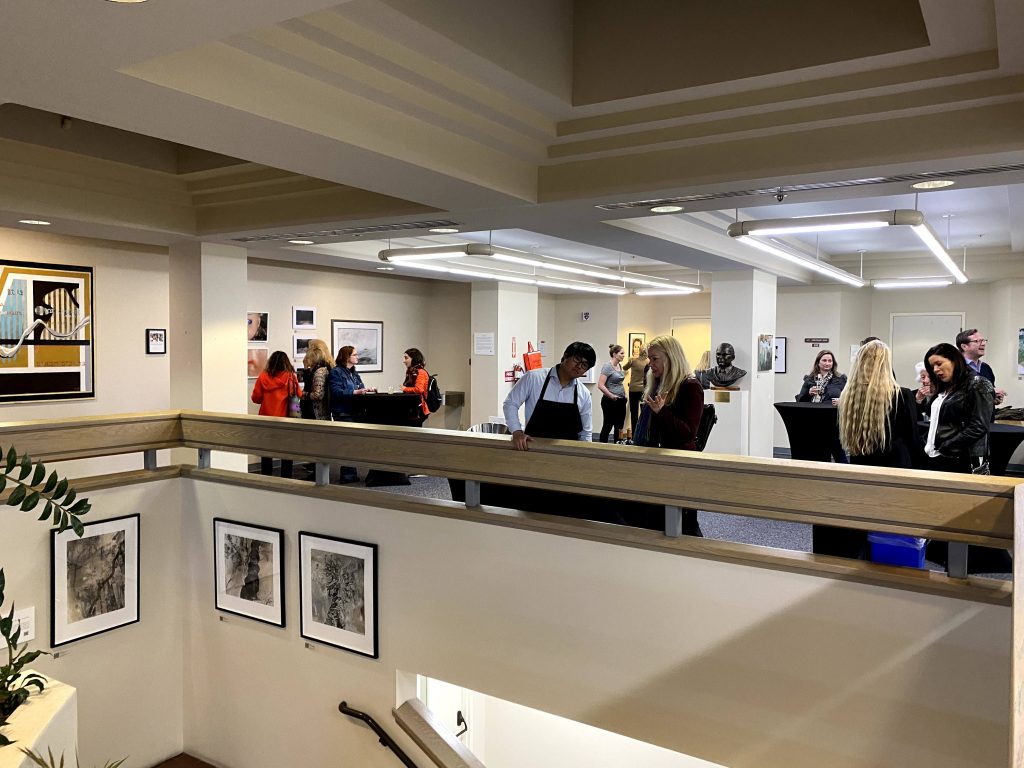



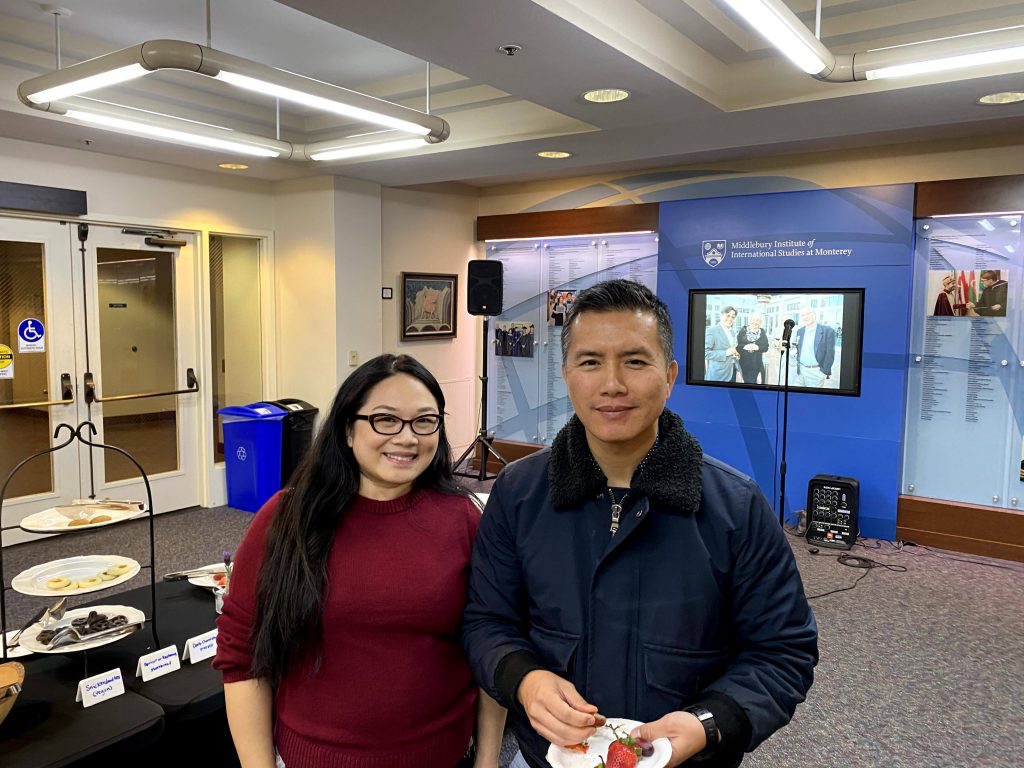



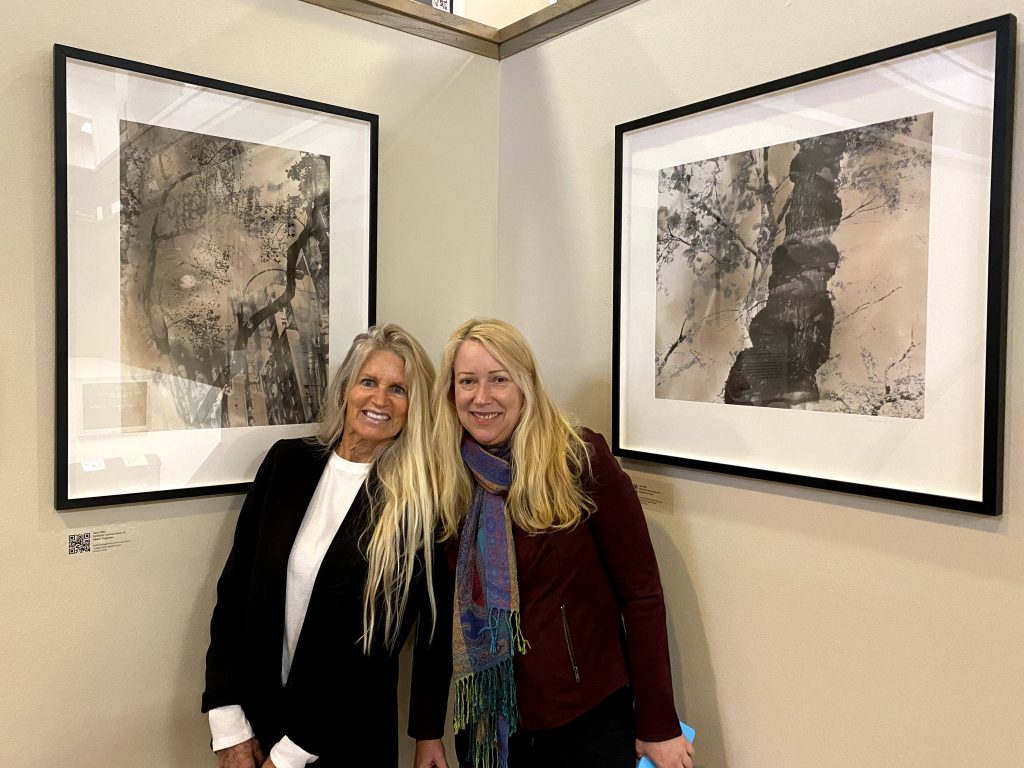


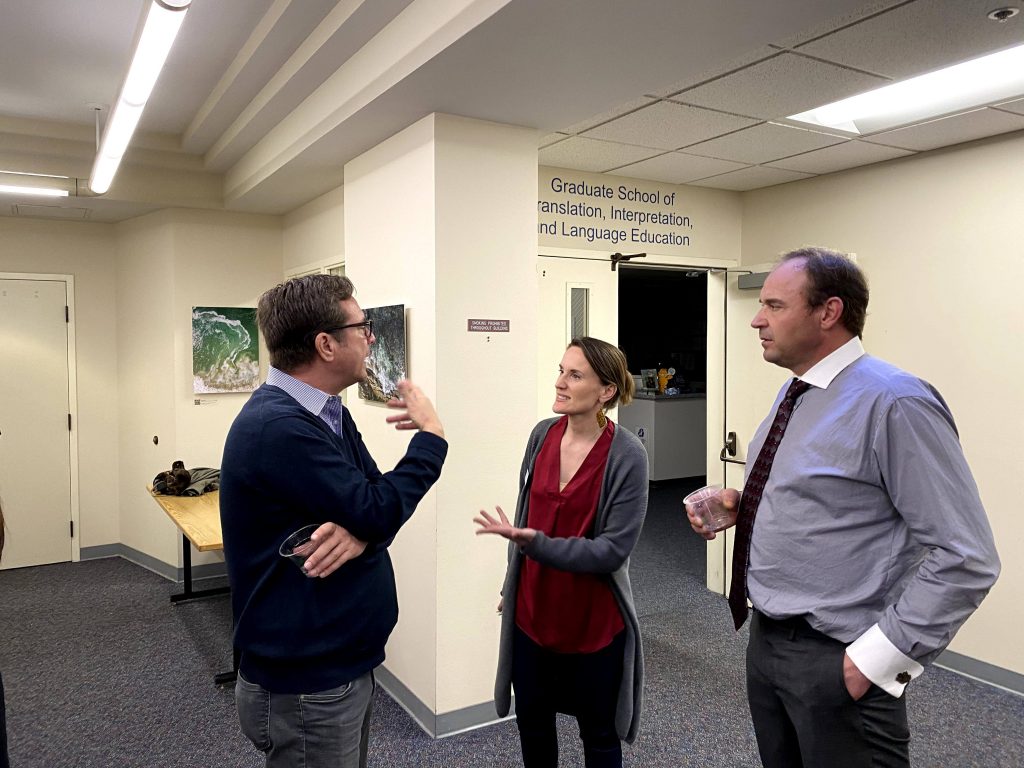






————————————————————————————————————————————————————————————————————————————————
CULTURES IN TRANSITION by Oliver Klink

Cultures in Transition explores the changes that people go through, the subtleties that make their life evolve, their spiritual guiding light. As a boy in Switzerland, Klink had dreams of becoming an explorer, to follow his deep curiosity and hunger to understand what makes people who they are. In 2001, he made his first trip to China with his wife and in-laws, who had left their country in the 1970s.
Their stories were riveting and became the catalyst for Klink 30 trips in the next 15 years to five Asian Countries (Bhutan, China, India, Mongolia, Myanmar). He photographed environmental portraits of the continuity between family, work, and spirituality. There was no separation, but peoples’ concerns about how ‘progress’ can create disconnection and alienation between themselves and their communities became more evident. This fluidity of life is at the core of Cultures in Transition.








————————————————————————————————————————————————————————————————————————————————
EXPLORATIONS ALONG AN IMAGINARY COASTLINE by Martha Casanave

I was required to memorize Mikhail Lermontov’s “The Sail” (1832) in my first Russian class when I was still a teenager. I never forgot the poem, but it took many years to re-surface visually, in my photography.
Loosely translated, the poem says: “A lonely sail whitens in the deep ocean fog. What is [he] looking for in a faraway country? What did he abandon in his homeland?” Further on, the poem says: “And he, rebellious, seeks out storms as if in storms there is peace.”

I photographed only on cloudy, windy and stormy days. The other-worldly effect provided by the pinhole results from the wide-angle distortion, the fuzziness from lack of lens, the “crab’s eye” vantage point, the near-infinite depth of field, and the long-time exposures necessitated by the tiny aperture. Pinhole photography is slow, silent and meditative. No “shooting” for pinhole photographers! No, we uncover the aperture and allow the light to accumulate. We don’t use viewfinder, batteries, or shutter. A box with a tiny hole: a simpler, more primitive picture-making apparatus doesn’t exist.
I have never been particularly drawn to landscape photography, but the pinhole camera, with its short focal length and placement directly on rocks or the ground, doesn’t produce anything like a “natural scene.” I allowed myself to move things around: seaweed, shells, rocks, etc. and brought props of my own. Then I introduced the 19th-century man, a mysterious and restless figure who came from Lermontov’s poem and gave the work the narrative quality I was seeking.
This body of work is laden with surreal, dreamlike views, meditations on time, history and narrative mysteries. Only a pinhole camera could do it.
Camera: Box pinhole
Film: 4 x 5 Tri-X
Prints: Toned silver gelatin











